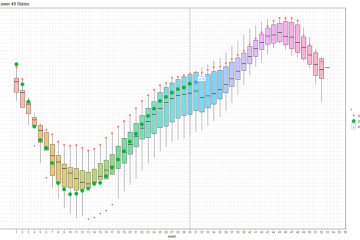Fannie Mae: An Overview of Its Role in the Housing Market

Introduction
Fannie Mae, officially known as the Federal National Mortgage Association, plays a crucial role in the U.S. housing market. Established in 1938, it was designed to expand the flow of mortgage funds and increase home ownership opportunities. As the housing market faces fluctuations, understanding Fannie Mae’s impact becomes increasingly important.
Current Developments
As of late 2023, Fannie Mae has remained a vital participant in the U.S. housing finance system. The organization released its latest report, which highlights the challenges and opportunities present in the housing market. In their forecast, Fannie Mae anticipates a modest increase in home sales for the upcoming year. This optimism is attributed to declining mortgage rates which are projected to dip further, providing buyers with favorable purchasing conditions. According to Fannie Mae’s Economic and Strategic Research Group, the average 30-year fixed mortgage rate is estimated to settle around 6.0% by mid-2024, improving affordability.
Impact of Economic Factors
Fannie Mae’s observations also reflect broader economic indicators. With inflation rates showing signs of stabilization, consumer confidence appears to be recovering, which bodes well for the housing market. Additionally, employment rates remain strong, further enabling potential buyers to enter the market. However, Fannie Mae warns that supply chain issues and ongoing housing inventory shortages may constrain growth despite favorable borrowing conditions.
Conclusion
In summary, Fannie Mae’s updates are critical for stakeholders, including homebuyers, investors, and policymakers, as it reflects not only the current state of the housing market but also potential trends moving forward. The anticipated decrease in mortgage rates combined with economic stability suggests a cautiously optimistic outlook for the housing sector in 2024. As Fannie Mae continues to navigate economic changes, its influence on the housing market will be closely monitored, highlighting its importance to everyday Americans seeking home ownership.









